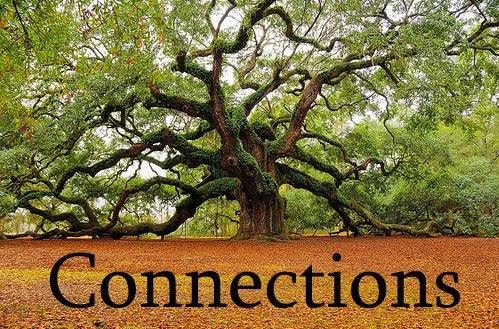Place the staffs in the Communion Tent, before the Ark of Testimony where I commune with you. The staff of the man who is My choice will then blossom. I will this rid Myself of the complaints that the Israelites are directing at you." Moses spoke thus to the Israelites, and each of the leaders gave him a staff for his paternal tribe. There were twelve staffs, with Aaron’s staff among them. Moses placed the staffs before God in the Testimony Tent. The next day, when Moses came into the Testimony Tent, Aaron’s staff, representing the house of Levi, had blossomed. It had given forth leaves, and was [now] producing blossoms and almonds were ripening on it. Moses brought all the staffs out from before God, and let all the Israelites see them. Each man took his own staff. Numbers 17:19-24 [Hebrew translation and verse numbering]
Moses was instructed to take a single tree and split it into twelve parts, lest it be contended that Aaron’s staff was particularly fresh. Then the staff designated as Aaron’s should be placed in the very midst of the others, lest anyone say that it blossomed because it was located closest to the Ark and had for this reason sprouted almonds that were fit for food. Moses acted in accordance with these instructions and the staff of Aaron flowered.
The great miracle was that a dried wooden stick should sprout blossoms in the course of one night, and then buds and then fruit. So it was that when the people perceived this miracle, each of the tribal leaders picked up the staff that carried his name, admitting that the priesthood belonged to Aaron and the work of the Tabernacle to the Levites. Every claim of theirs was henceforth silenced.
Two wondrous things happened with the staff of Aaron. The first miracle consisted of the fact that not only did the almonds blossom and then sprout two buds, but that while one of them shed its leaves in the expected manner of fruit-bearing trees that shed their foliage after the fruit is produced, the other shoot remained intact from then on, both in the summer and in the winter.
The second miracle was that the staff brought forth two kinds of almonds–sweet ones and bitter ones. The sweet ones sprouted on the right side of the staff, and the bitter ones on its left side. Whenever the Israelites acted in accordance with God’s will, the almonds on the right side would grow luxuriantly, while if they transgressed the will of God, those on the left side would flourish and the ones on the right would turn bitter. These three kinds of offshoots brought forth by the staff, are indicated in the scriptural text, following: "...had blossomed...had given forth buds and branches...and almonds were ripening on it."
(Kaplan, Aryeh, ed. 1991. The Torah Anthology, Book Fourteen. Brooklyn, New York: Moznaim Publishing Corporation., pgs 45-46)

Interesting. Re: "The Torah Anthology," Have you read the entire 45 volume set?
ReplyDeleteNo. I have two volumes that I got on clearance and I really liked some of the 'tidbits' they contained. It was like reading someone's family history, in a way.
ReplyDeleteWhen we know the back story, the Old Testament makes a lot more sense. It reminds me of the way that a knowledge of Church History can enhance the Doctrine and Covenants--giving it a context.
Agreed. Boy, I would love to have the entire set. What fun that would be!
ReplyDelete